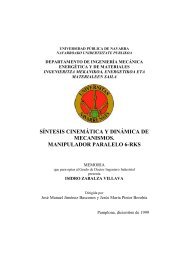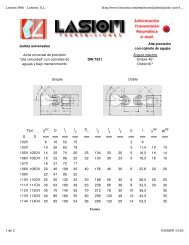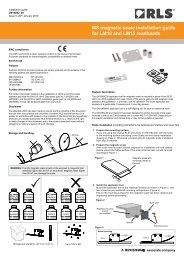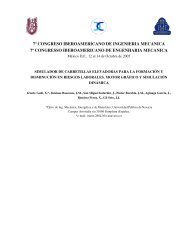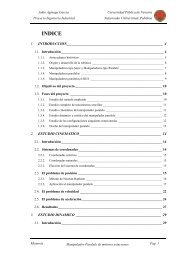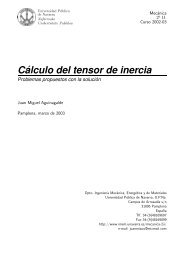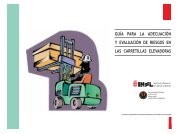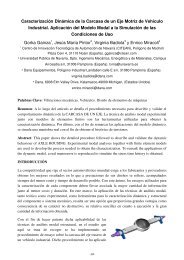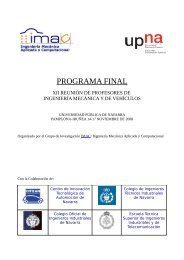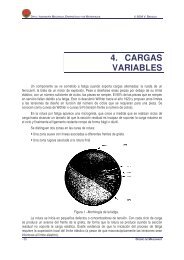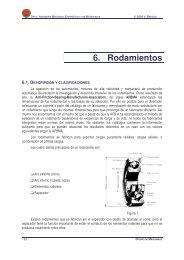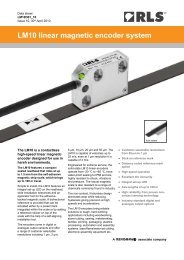OpenFOAM postprocessing and advanced running options
OpenFOAM postprocessing and advanced running options
OpenFOAM postprocessing and advanced running options
Create successful ePaper yourself
Turn your PDF publications into a flip-book with our unique Google optimized e-Paper software.
POLITECNICO DI MILANO CHALMERS<br />
The sampleDict file<br />
The user may choose one of the following sampling methods:<br />
uniform: evenly distributed points on line<br />
face: one point per face intersection<br />
midPoint: one point per cell, in between two face intersections<br />
midPointAndFace: combination of face <strong>and</strong> midPoint<br />
curve: specified points, not necessary on line, uses tracking<br />
cloud: specified points, uses findCell<br />
name lineX1;<br />
The name entry is typically a filename. After <strong>running</strong> the sample application the user<br />
will find a new folder in the case directory named sample<br />
Each data file is given a name containing the field name, the sample set name, <strong>and</strong> an<br />
extension relating to the output format, including .xy for raw data, .agr for Grace/xmgr<br />
<strong>and</strong> .dat for jPlot<br />
axis distance;<br />
Specifies how to write point coordinates, <strong>options</strong> are:<br />
x/y/z: x/y/z coordinate only<br />
xyz: three columns<br />
distance: distance from start of sampling line (if uses line) or distance from first<br />
specified sampling point<br />
Gianluca Montenegro/ <strong>OpenFOAM</strong> <strong>postprocessing</strong> <strong>and</strong> <strong>advanced</strong> <strong>running</strong> <strong>options</strong>



